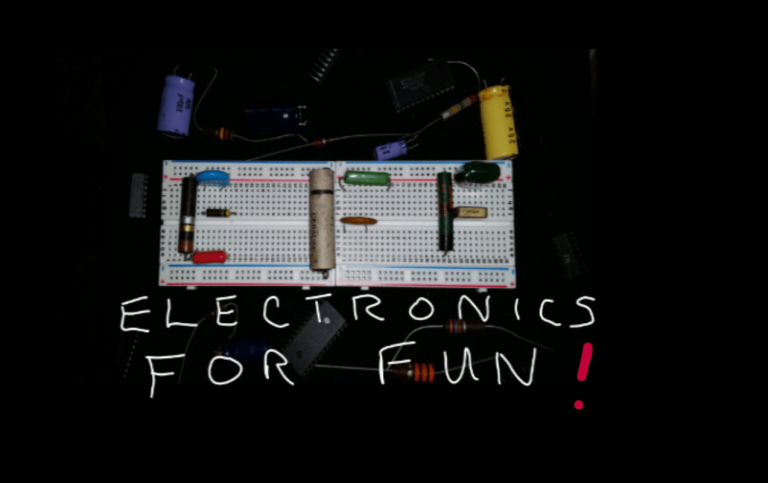Lesson 11 – Diodes

Welcome to Electronics For Fun
Lesson 11 – Diodes
As I introduce new terms, I have included a link to Wikipedia. Read ahead a little, and if you still need help, you can click on any orange word below for more information than you probably want. 🙂
Diodes
A diode is a device that allows current to easily flow in one direction, but not the other. It is like a one way valve. A diode has a cathode and an anode. If the anode is more positive than the cathode, then basically current will flow from the anode to the cathode.
I say basically because the voltage must be high enough to overcome the voltage drop of the diode. That amount varies with different types of diodes. In a diode made of silicon, the most common type today, that voltage drop is around 0.7 volts. The picture below on the left shows 3 typical silicon diodes.


The drawing on the right above shows some different schematic symbols for different types of diodes. D1 and D2 are typical symbols for conventional diodes.
D3 is a Schottky diode although the ends of the symbol can be rounded like this one or squared off. A Schottky diode has a lower voltage drop to overcome, usually around 150–450 mV, sometimes called the “start up” voltage, and is therefore faster at switching. Because of that characteristic, it is used in high frequency applications such as radio frequencies.
D4 is a Zener diode, a completely different diode. The Zener acts like a normal diode until the voltage gets above a certain amount that the Zener is designed for. Then it allows current to flow in the reverse dirrection as well as the normal forward direction. Zener diodes are made with varying voltages called the “breakdown voltage”. This device can be used as a voltage regulator, keeping the voltage at the voltage it was designed for.
D5 is a Tunnel diode. Because of what is known as the “Tunneling Effect”, a Tunnel diode can act as if it has a negative resistance. When the voltage is increased, the current flowing through it decreases. Because it is so fast, it is used as a switching device in computers.
That last one is like two diodes placed back to back called a Diac. A Diac is a diode for AC. Well, if it passes current in both directions, what good is it? Don’t forget about the .7 volts it needs to get the current started. That property makes it usful for things like triggering a Triac, another AC semiconductor used in light dimmers.
Test your knowledge if you feel like it with a little test. No cheating now!
Q1: True or False….For a Diode to conduct, the anode must be more negative than the cathode.
Q2: Most regular diodes manufactured today are made of _______________ .
Q3: A diode that acts like a normal diode until the voltage gets above a certain amount is called a _________________.

©2020 ElectronicsForFun.Com, Theme Design by Evolve Themes and Proudly Powered by WordPress